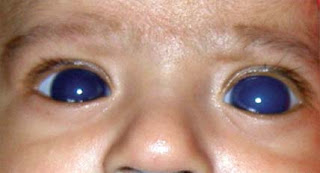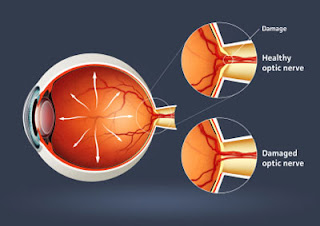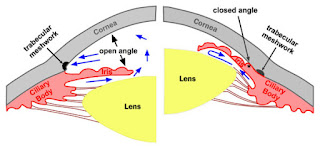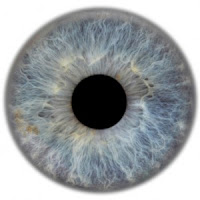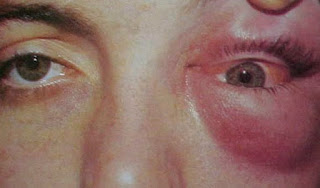To achieve a high level of patient
satisfaction, physicians need to identify and address patients' expectations.
However, ophthalmologists' attitudes and behavior with respect to patient
expectations and satisfaction are not well understood. Therefore, we under took a study to examine ophthalmologists' attitudes, performance and major
determinants of their behavior with respect to managing patient expectations in
different settings: public hospitals and private clinics.
The authors refined a previously
validated questionnaire to assess ophthalmologists' attitudes and performance
with respect to patient expectations and patient satisfaction in public
hospitals and private clinics. The authors surveyed ophthalmologists at the
Annual Conference of Ocular Microsurgery in Israel.


